12 Great Plants to Grow with Arugula and 6 to Avoid
Arugula is a leafy green with a peppery taste that many people enjoy in salads and sandwiches. It grows best in cool weather and is often planted in early spring or fall. You will find it in backyard gardens, raised beds, and even small containers. Knowing which plants help arugula grow and which ones hold it back can make a big difference in your harvest.
This post may contain affiliate links, which helps keep this content free. Please read our disclosure for more info.
Carrots
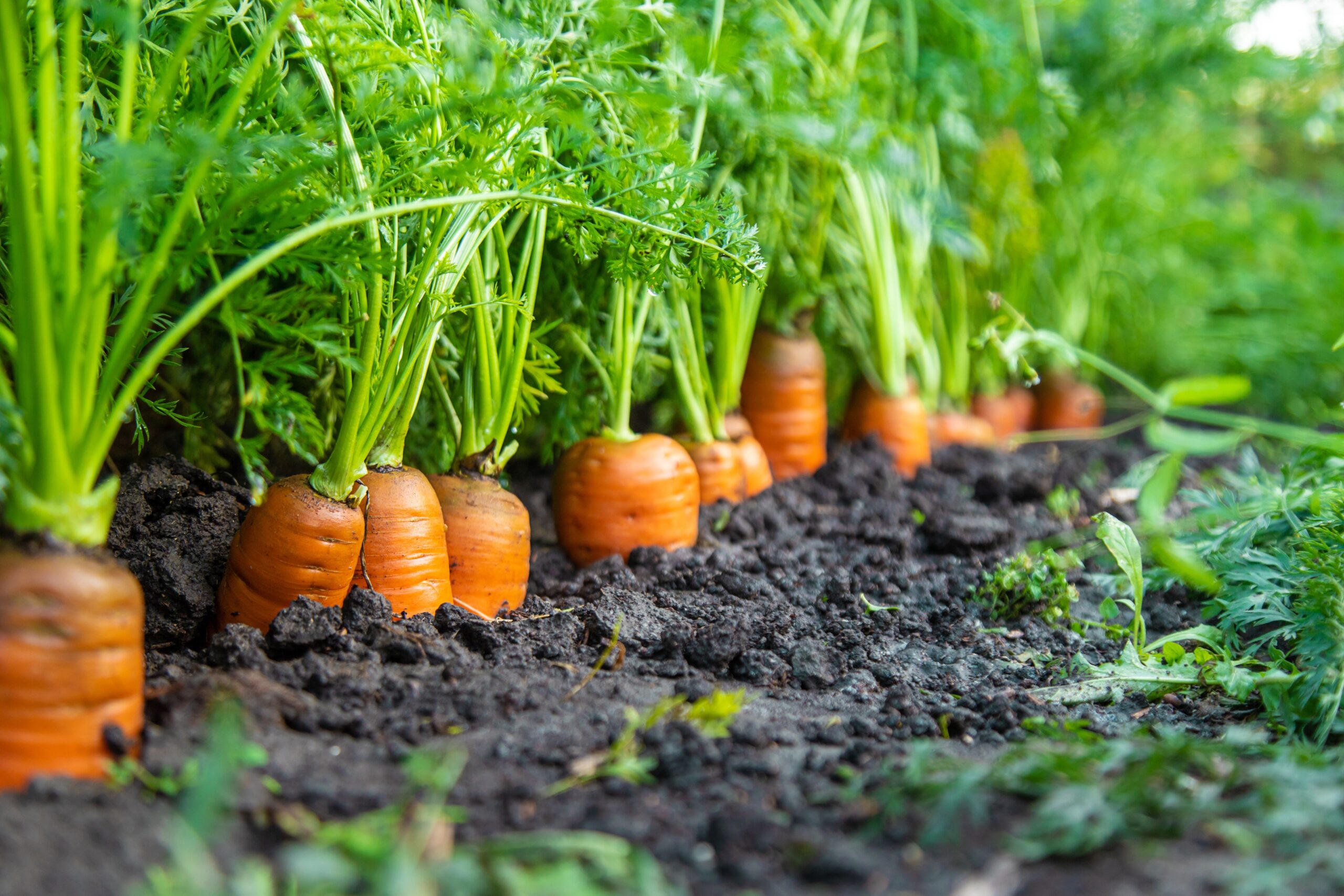
Carrots and arugula grow well together because they do not compete heavily for nutrients. Arugula helps shade the soil, which keeps it cool for the carrot roots. Their different root depths allow them to thrive side by side. Carrots also take longer to grow, so arugula can be harvested early.
This pairing makes use of garden space in a practical way. Carrots prefer consistent moisture, and arugula’s leaves help retain it. Neither crop overshadows the other in growth or height. Growing them together can lead to healthier harvests.
Lettuce
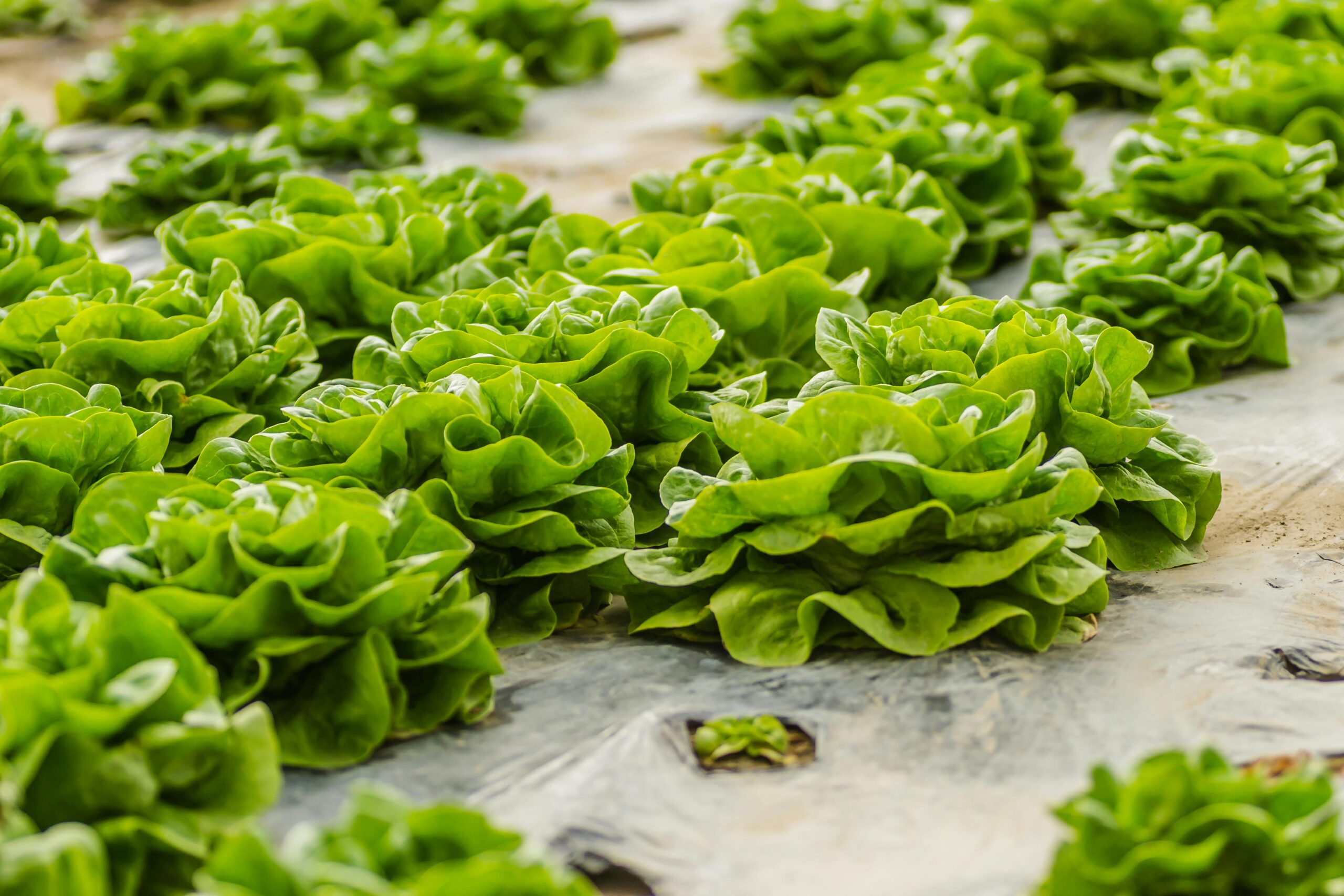
Lettuce grows quickly and has similar watering needs as arugula, making them a good match. Both enjoy cooler weather and partial sun. Arugula can act as a partial shade provider for lettuce during warmer days. They help keep the soil covered, which discourages weed growth.
Planting them together allows for efficient use of garden beds. Lettuce does not crowd out arugula, and their growth habits are compatible. You can even harvest them around the same time. This combination supports a well-balanced salad garden.
Radishes
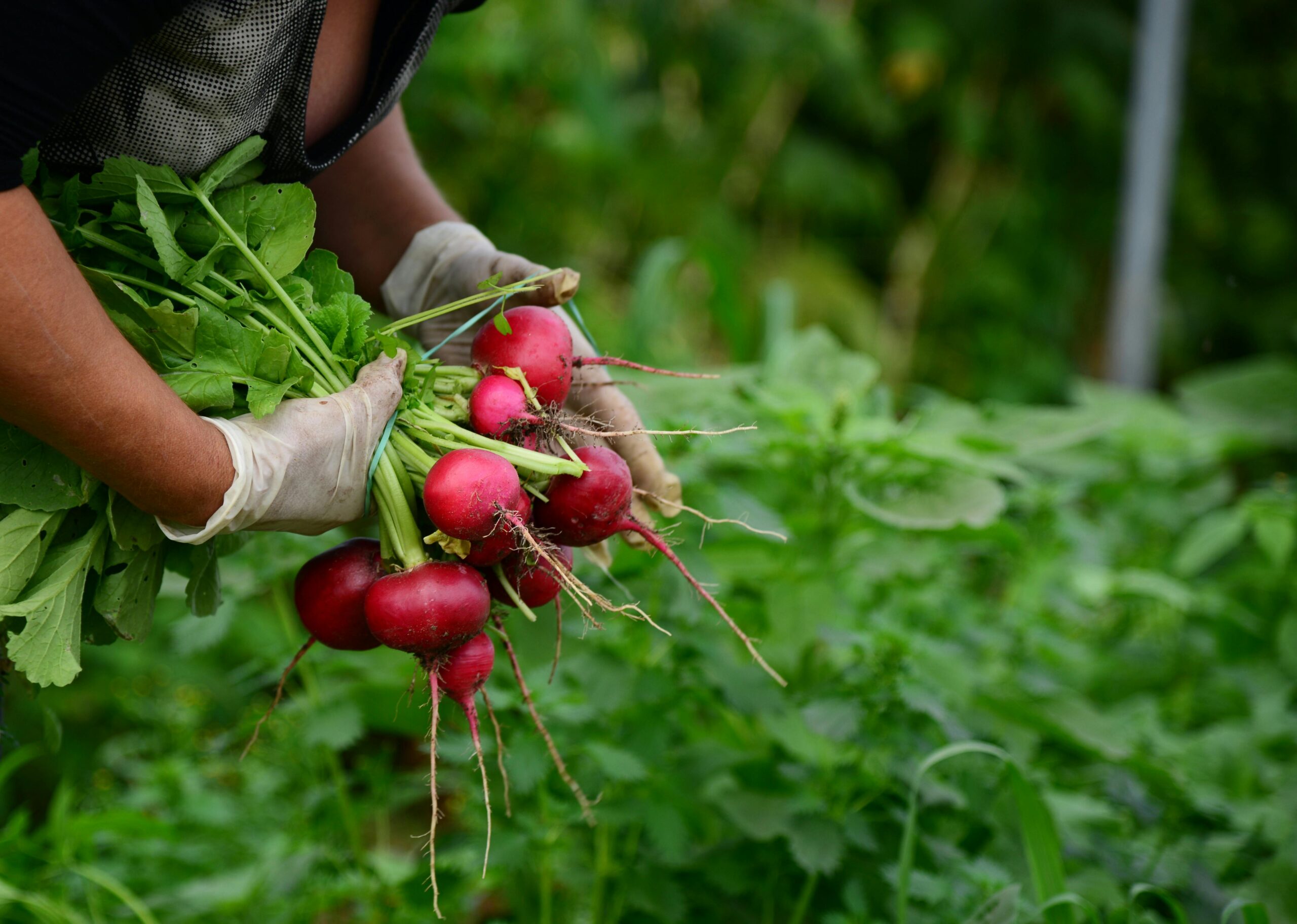
Radishes and arugula grow fast and share similar soil preferences. Radishes loosen the soil as they grow, which helps arugula roots spread more easily. They do not take up much space, so you can plant them close together. Their quick growth also helps deter pests.
This pairing is useful for gardeners who want fast results. You can stagger planting for continuous harvests. Both plants enjoy cooler temperatures and do well in early spring. It is a simple and effective companion match.
Beets
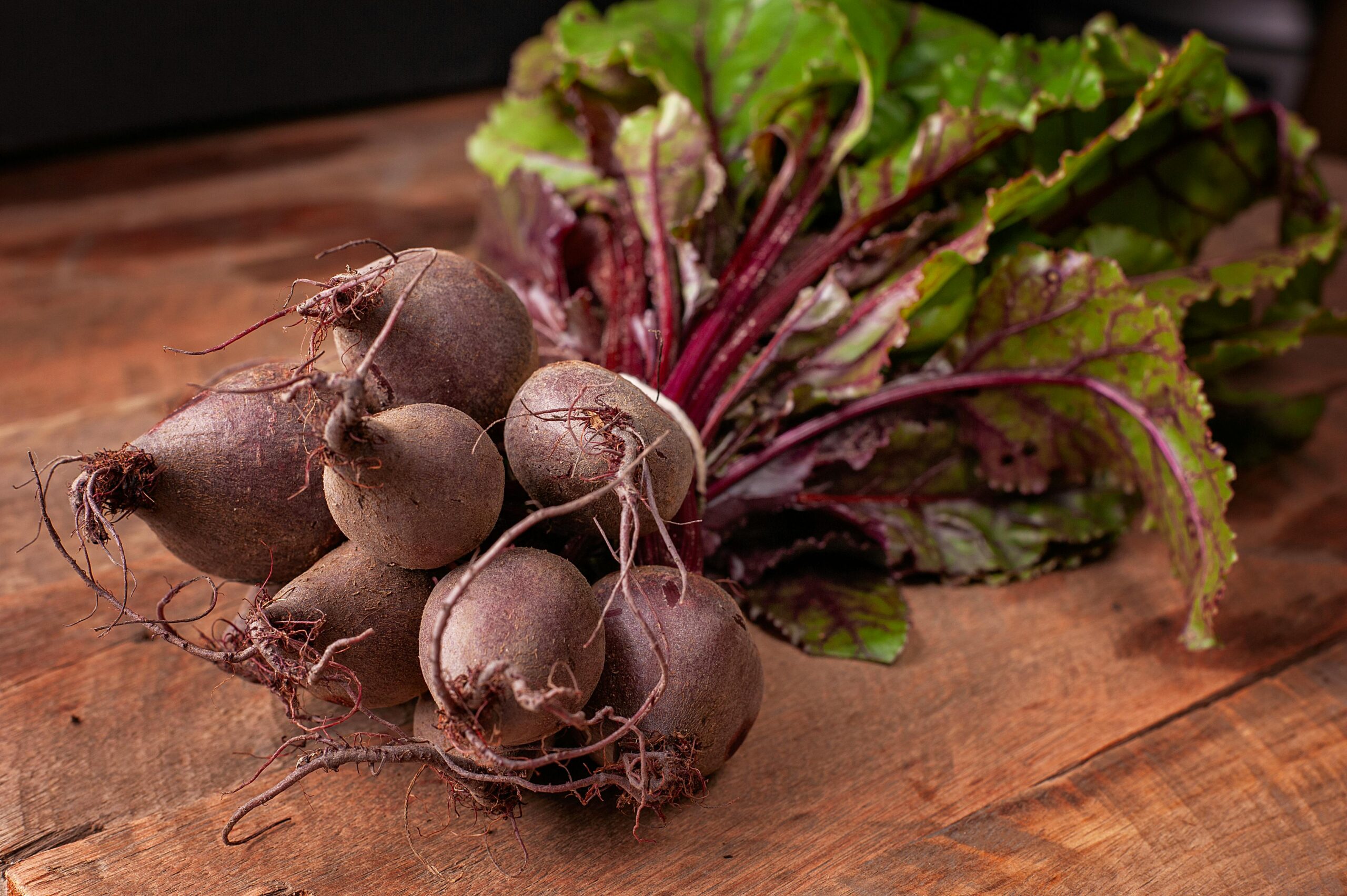
Beets and arugula do not compete for the same nutrients, so they work well in shared garden space. Beets grow below ground, while arugula stays mostly above. The beet leaves can help shade the soil, which arugula prefers. This can help with moisture retention and cooler soil temperatures.
Arugula’s fast growth allows it to be harvested before beets reach full size. They do not interfere with each other’s development. This makes them an easy pairing for small gardens. Both can grow together in cooler seasons for the best results.
Onions
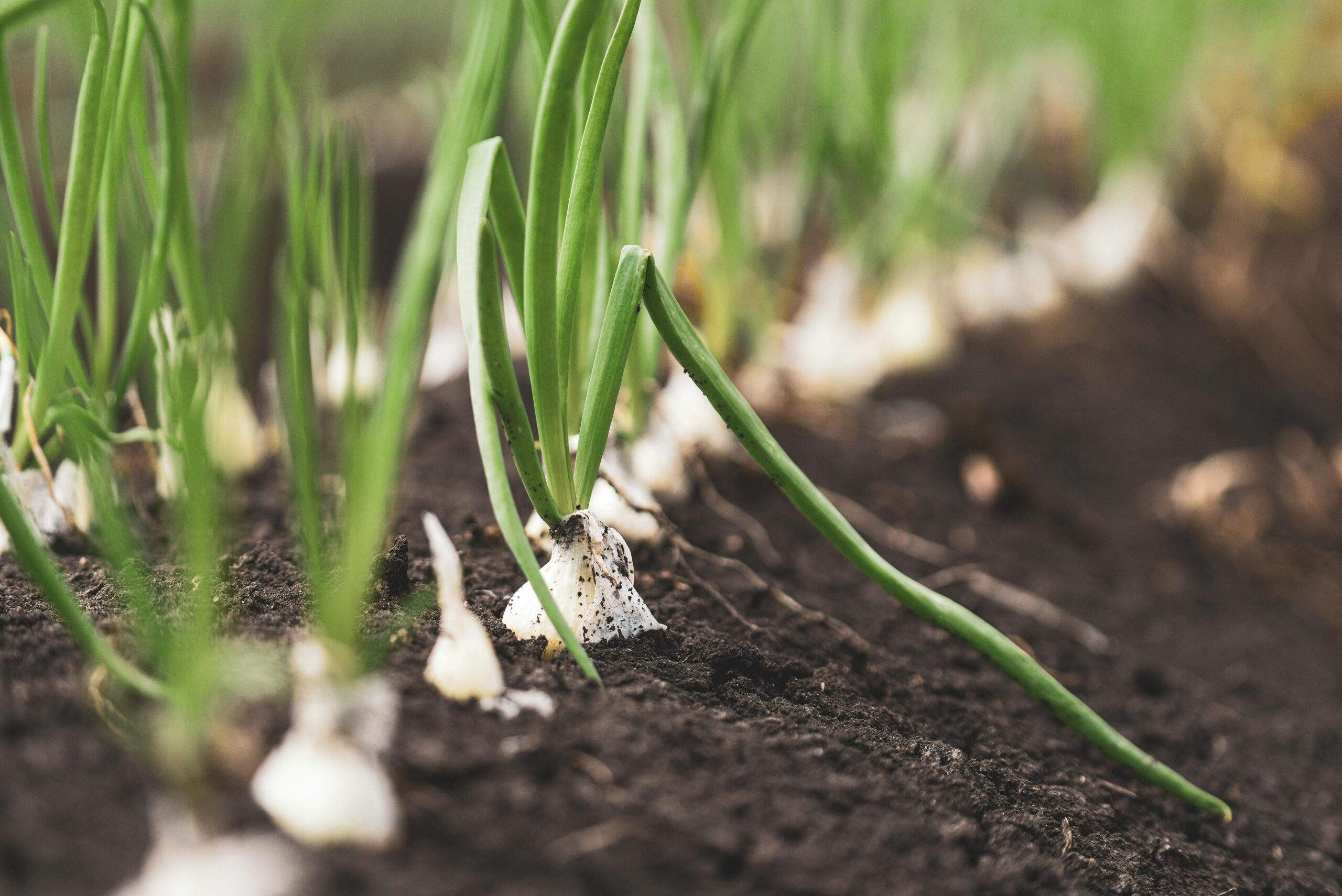
Onions are a great neighbor for arugula because their strong scent helps repel pests like aphids. They do not spread widely, so they leave space for arugula to grow freely. Onions also prefer similar growing conditions with well-drained soil and sun. Their upright growth does not block arugula’s access to light.
Arugula can benefit from the protective qualities onions offer. The combination helps reduce the need for pesticides. Both crops can grow close together without competing. This makes onions a useful and low-maintenance companion.
Dill
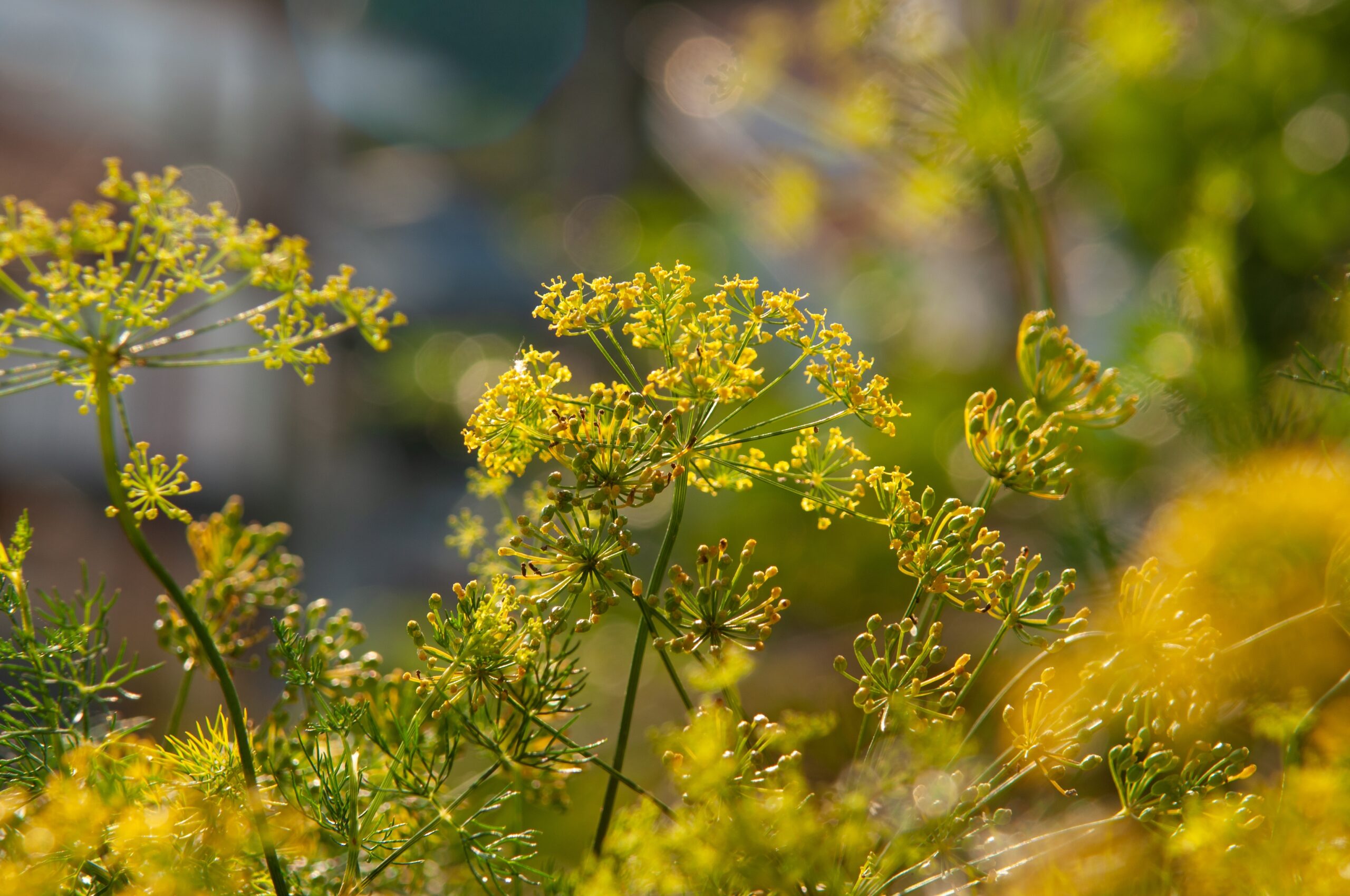
Dill attracts beneficial insects like ladybugs and hoverflies, which help control aphids and other pests. This makes it a helpful plant to grow near arugula. Dill grows taller, so placing it near arugula provides a light amount of shade during warmer days. Their different root zones help them coexist without conflict.
You may need to trim the dill back if it starts to spread too wide. It grows well in similar soil and sun conditions. Both can thrive in early spring. The pairing creates a small ecosystem that supports healthy growth.
Spinach
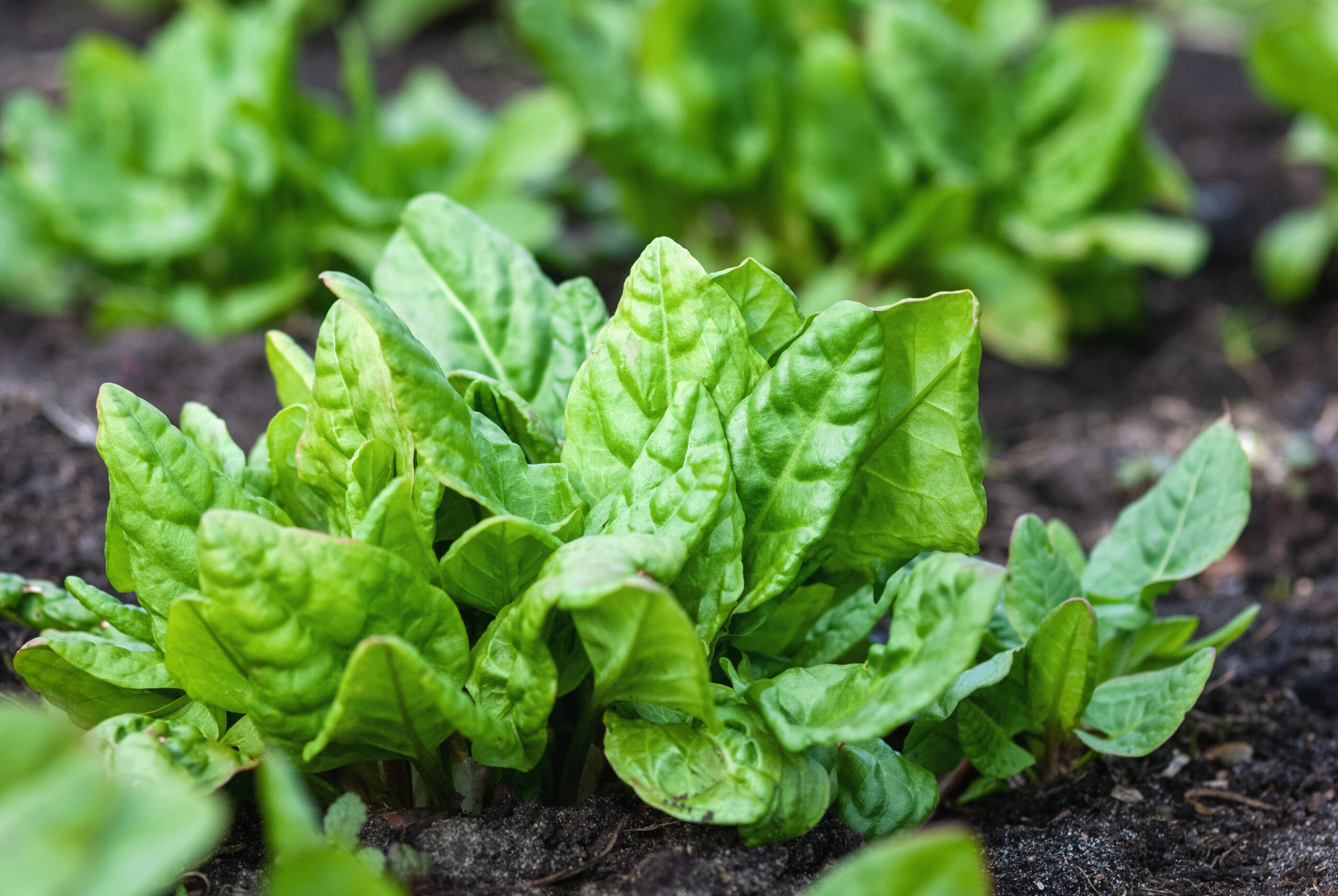
Spinach and arugula have similar needs and growing times. They both like cool weather and moist, well-drained soil. Spinach grows low to the ground, so it fits nicely beside arugula. Together, they make a productive, leafy pairing.
Their root systems are shallow, so they do not compete underground. You can grow them close together without crowding. Harvesting them around the same time keeps your garden productive. This combination is great for salad lovers.
Bush Beans
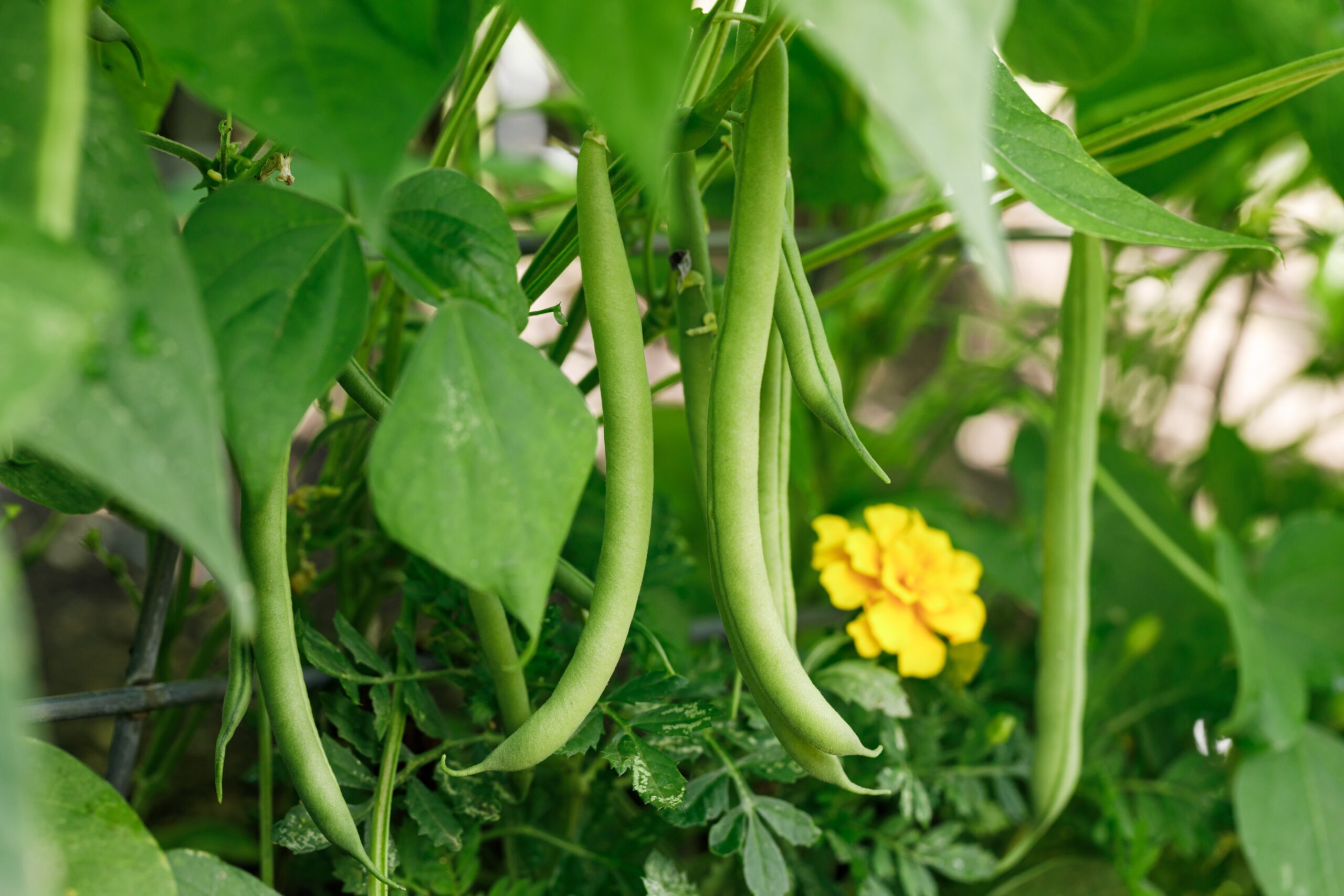
Bush beans help improve the soil by fixing nitrogen, which benefits arugula. They grow taller than arugula but do not cast heavy shade. This allows arugula to receive enough light while gaining nutrients. The plants support each other’s health without interfering.
The beans’ roots go deeper, which keeps them from clashing underground. Arugula benefits from the improved soil as it grows. This pairing works well in both small and large gardens. You can enjoy leafy greens and fresh beans from the same bed.
Celery
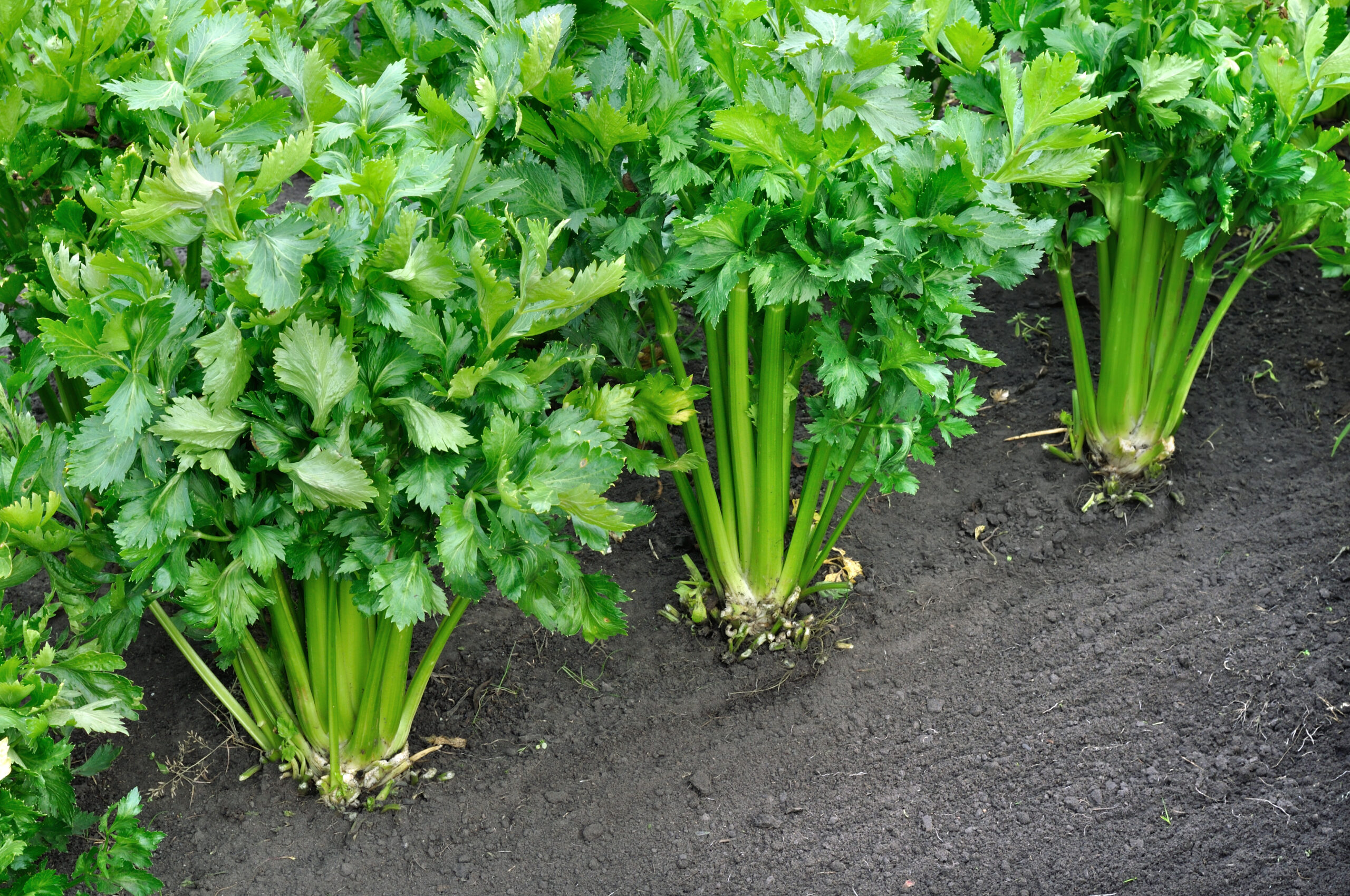
Celery has a strong scent that may help deter pests from attacking arugula. They enjoy similar growing conditions, including consistent watering and cool weather. Celery grows more slowly, so arugula can be harvested earlier without disturbing it. This allows you to double up on garden space.
They complement each other in terms of timing and soil use. The celery stalks provide light shade, which arugula can handle. It is important to space them properly to allow airflow. Together, they help keep pests and weeds under control.
Marigolds
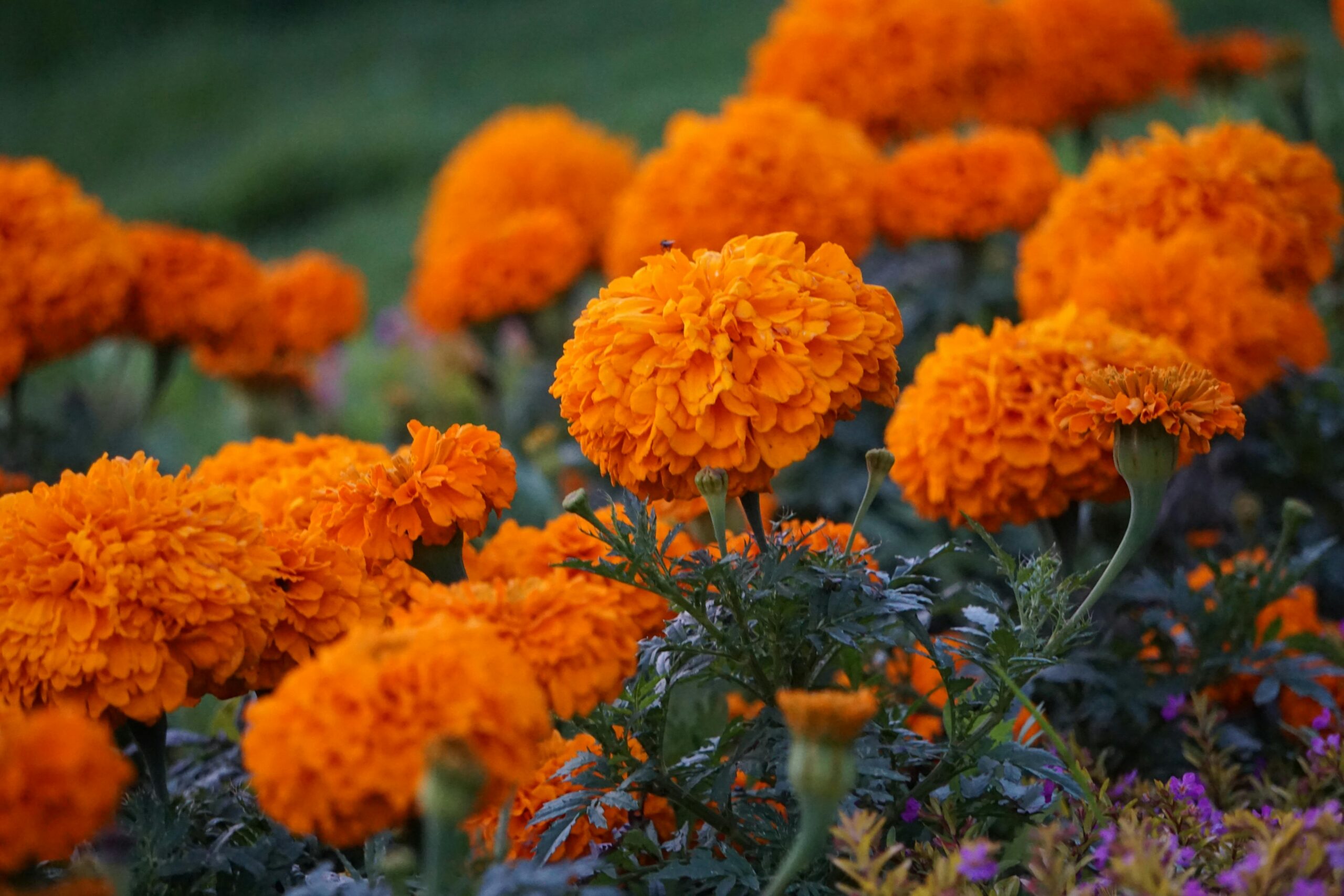
Marigolds are not a food crop, but they help protect arugula by repelling nematodes and harmful insects. Their bright blooms can also attract pollinators and helpful predators. Marigolds do not need much space and can fit in between rows. Their presence adds color while helping the rest of the garden.
They are hardy and do not require much attention. This makes them a great support plant in any garden. When placed near arugula, they can help reduce pest problems naturally. They are both practical and attractive.
Peas
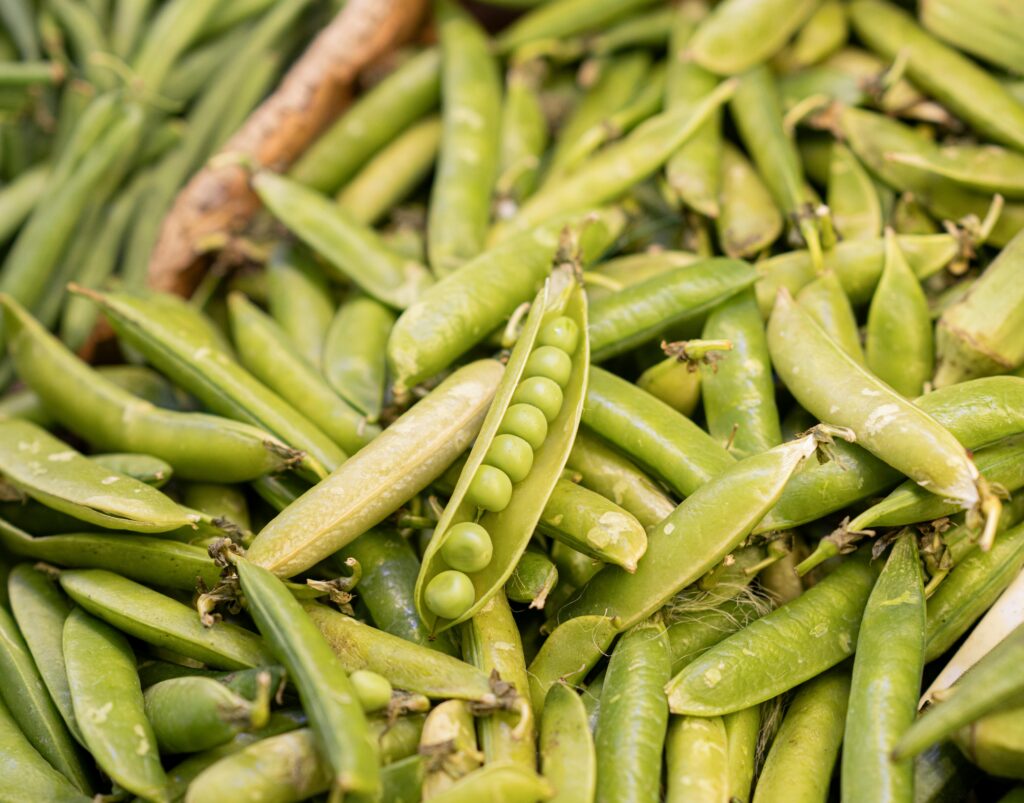
Peas are nitrogen-fixing plants that enrich the soil for arugula. They grow vertically, so they save space and do not crowd ground-level plants. Arugula enjoys the extra nitrogen and grows quickly in that enriched soil. Peas also thrive in cool weather, making timing easy to manage.
Growing them together allows you to make the most of early-season planting. Peas can climb supports while arugula fills in the gaps below. This setup creates a balanced garden space. Both plants benefit from this pairing.
Chamomile
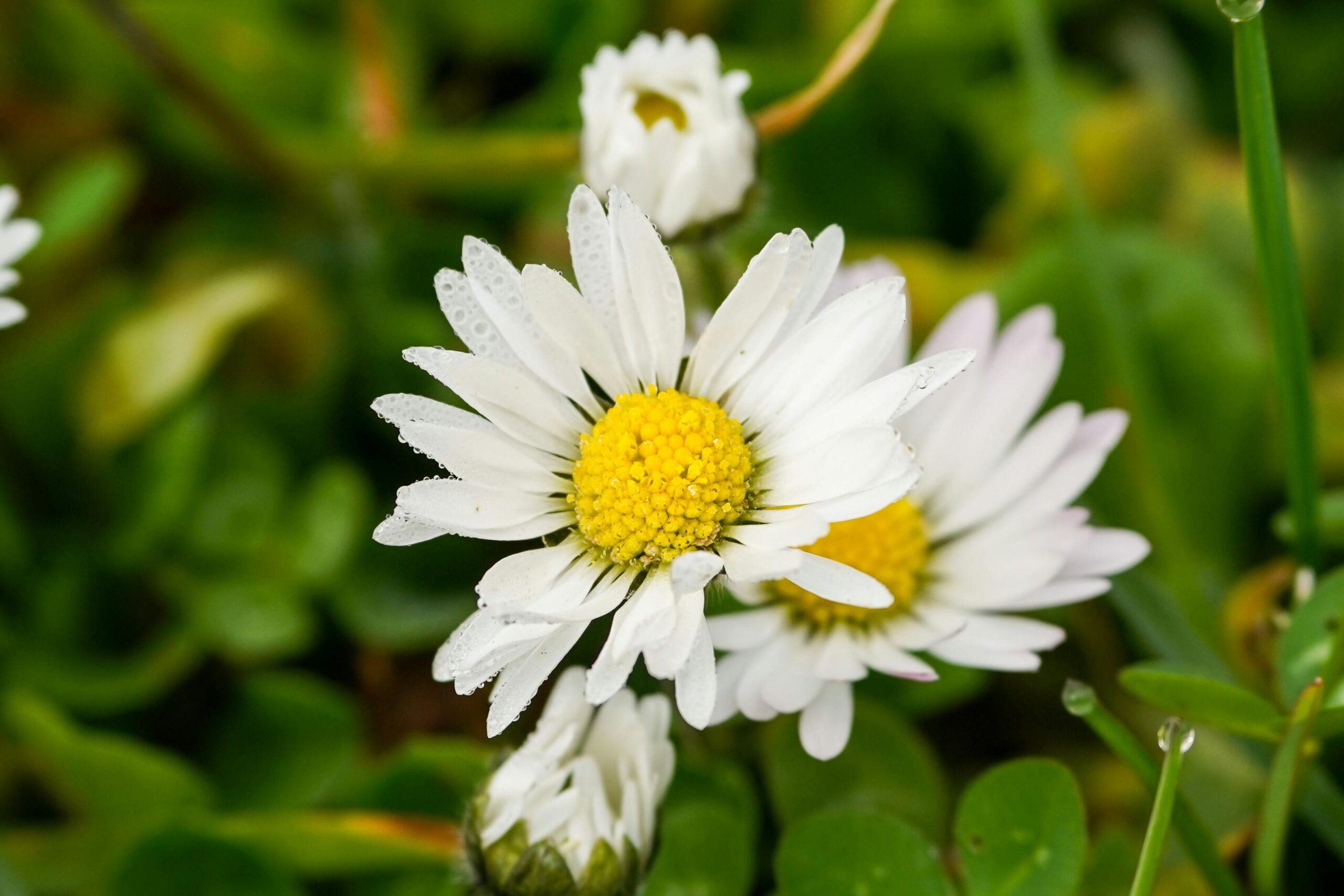
Chamomile is believed to support the overall health of nearby plants, including arugula. It can improve the flavor of herbs and greens grown nearby. Chamomile attracts beneficial insects while discouraging pests. It grows well in similar conditions to arugula.
This pairing helps create a more stable garden environment. Chamomile does not take up much space or block sunlight. It can be harvested for tea while helping other plants thrive. Growing them together can improve the garden’s diversity.
Plants to Avoid-Broccoli
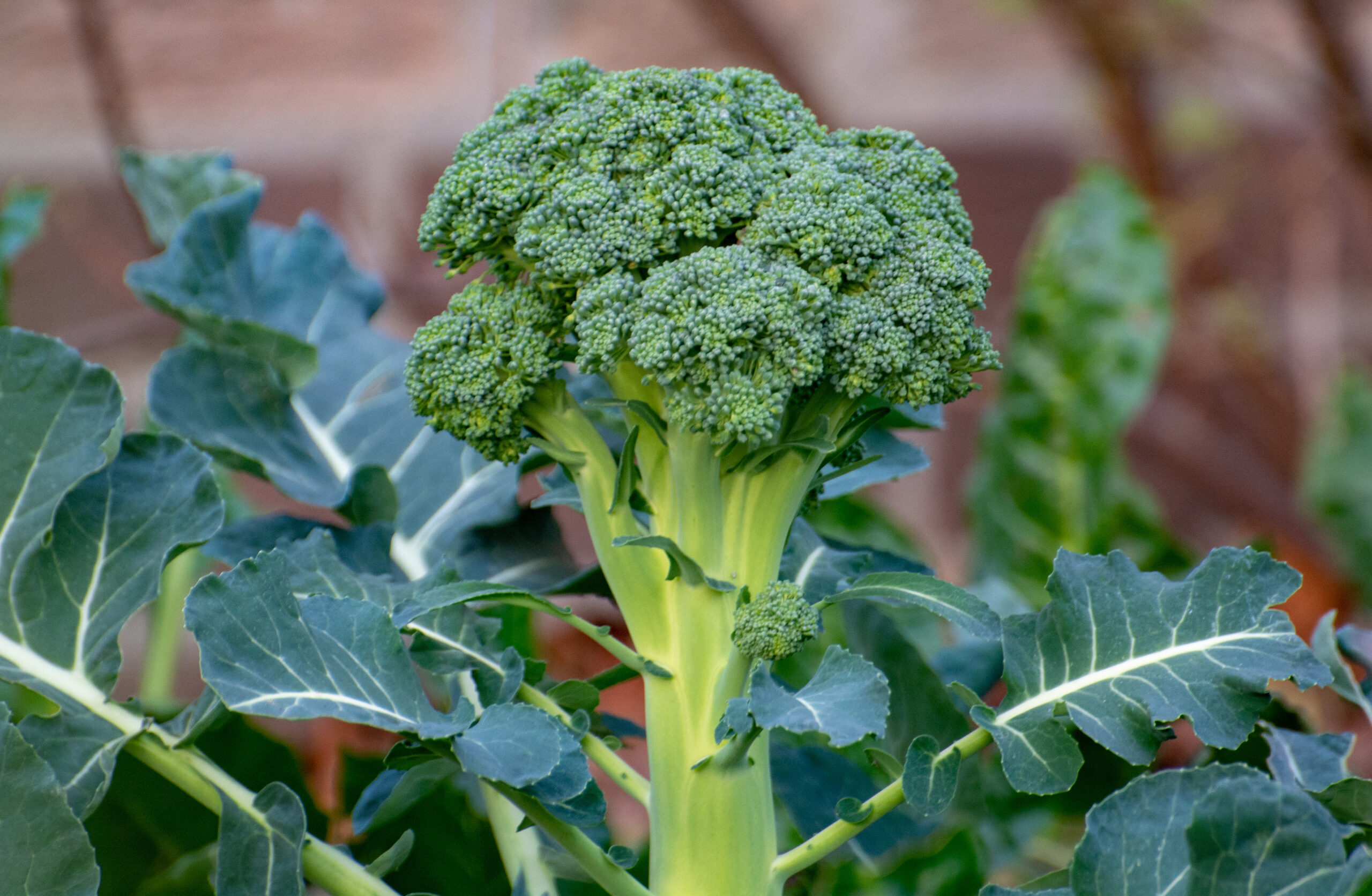
Broccoli and arugula are both part of the brassica family, so they compete for the same nutrients. Growing them together can lead to nutrient deficiencies and smaller yields. They also attract the same pests, which increases the risk of infestation. It is better to separate them to keep both healthy.
These two plants can suffer if placed side by side. You may notice slower growth or weaker leaves. Keeping distance between them allows the soil to recover properly. Crop rotation is helpful when planning future planting.
Cauliflower
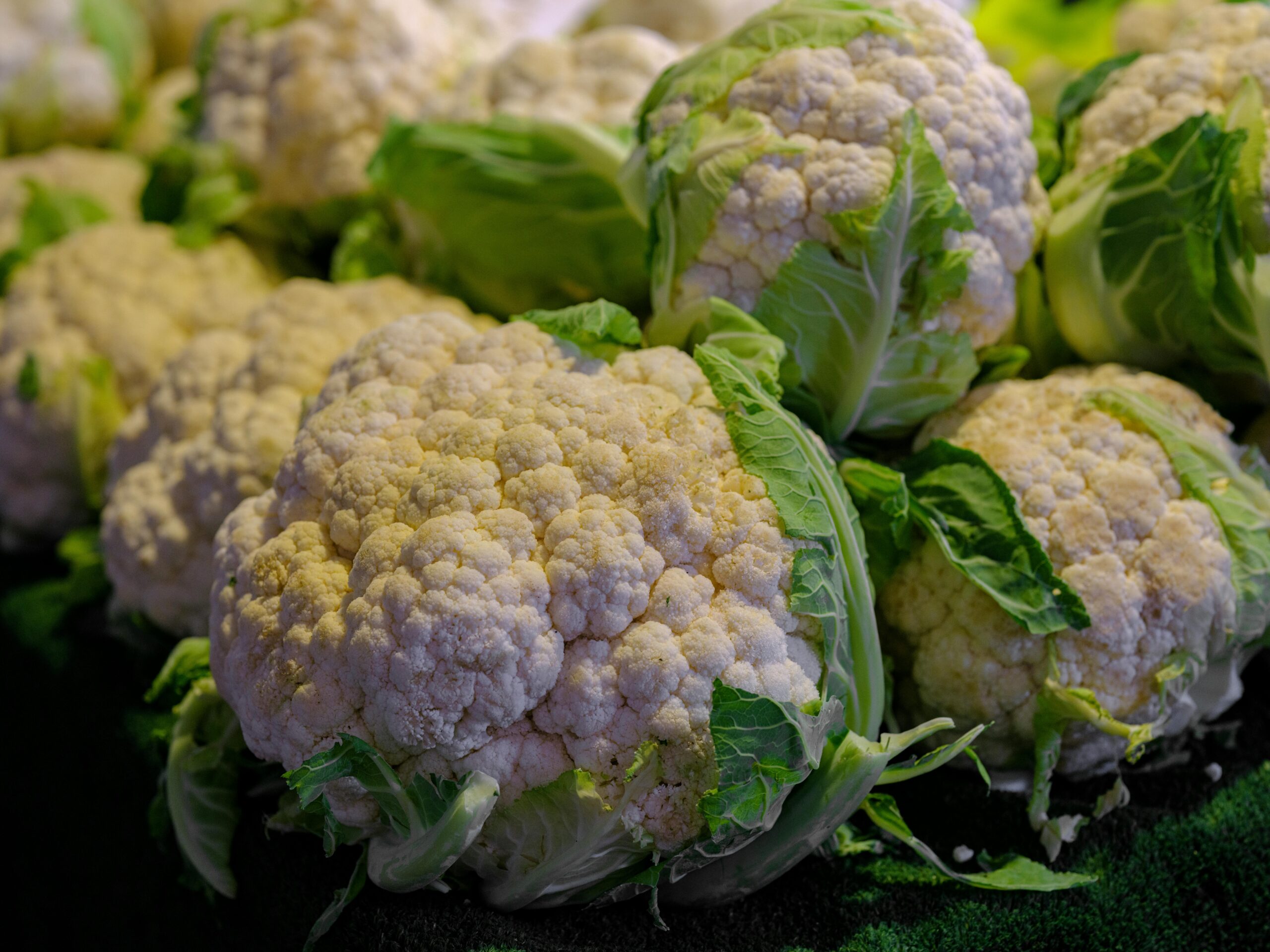
Like broccoli, cauliflower shares many pests and diseases with arugula. They also demand similar nutrients, which can stress the soil when planted together. This leads to less productive plants and more garden issues. Keeping them apart prevents these problems.
If you grow cauliflower too close, arugula may not thrive. The space and nutrients they need will be limited. Giving each plant its own spot supports healthier growth. It is best to rotate crops to avoid nutrient depletion.
Cabbage
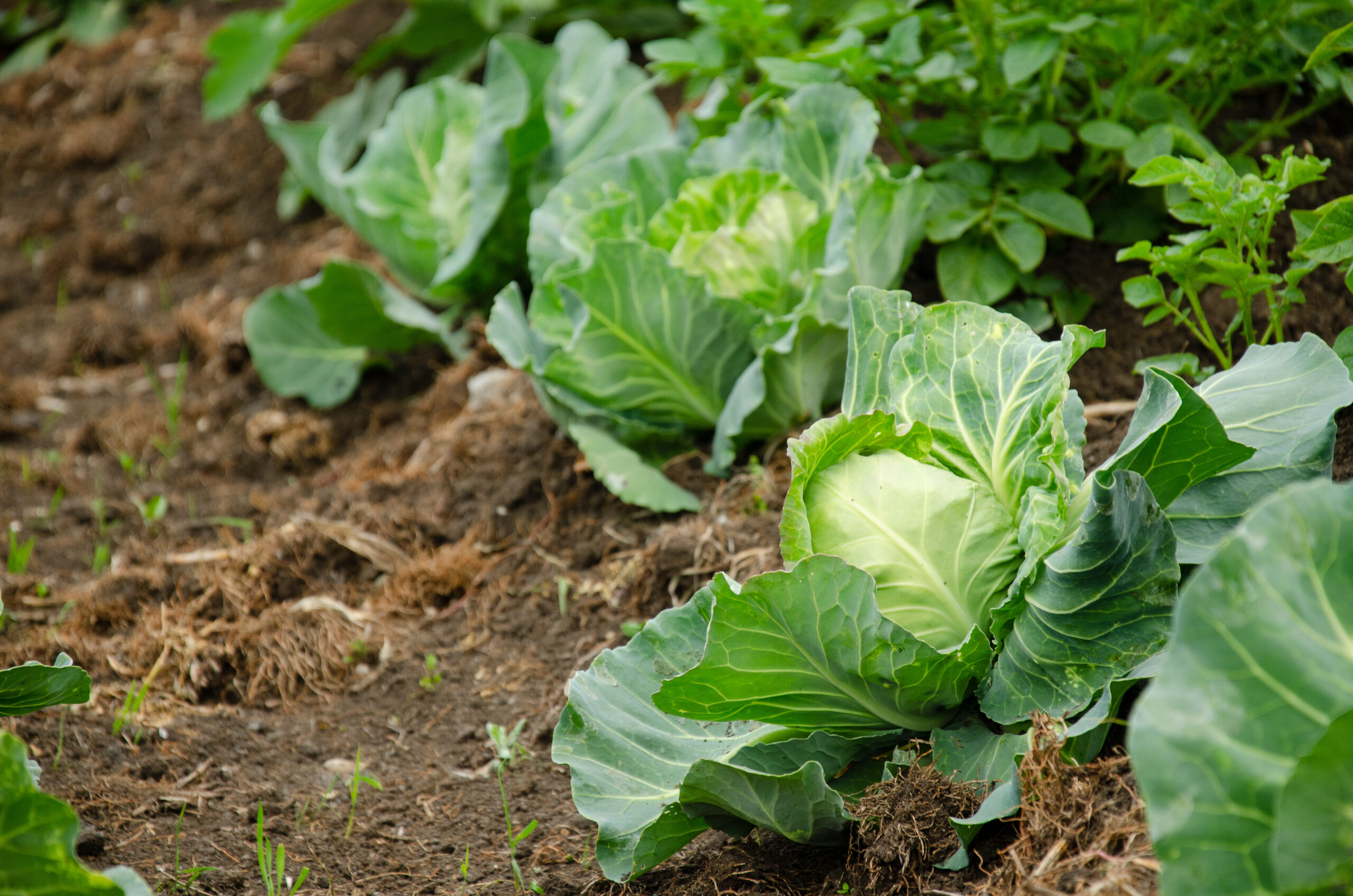
Cabbage, another brassica, is not a good neighbor for arugula. The two compete for nutrients and water, which slows growth. Pests like cabbage worms and flea beetles will have more targets if both are nearby. This leads to higher chances of infestation.
Spacing them apart helps keep pests from spreading. It also gives each plant the chance to grow fully. Arugula grows quickly, while cabbage takes longer, so their timing does not match well. A little distance can protect your garden’s health.
Kale
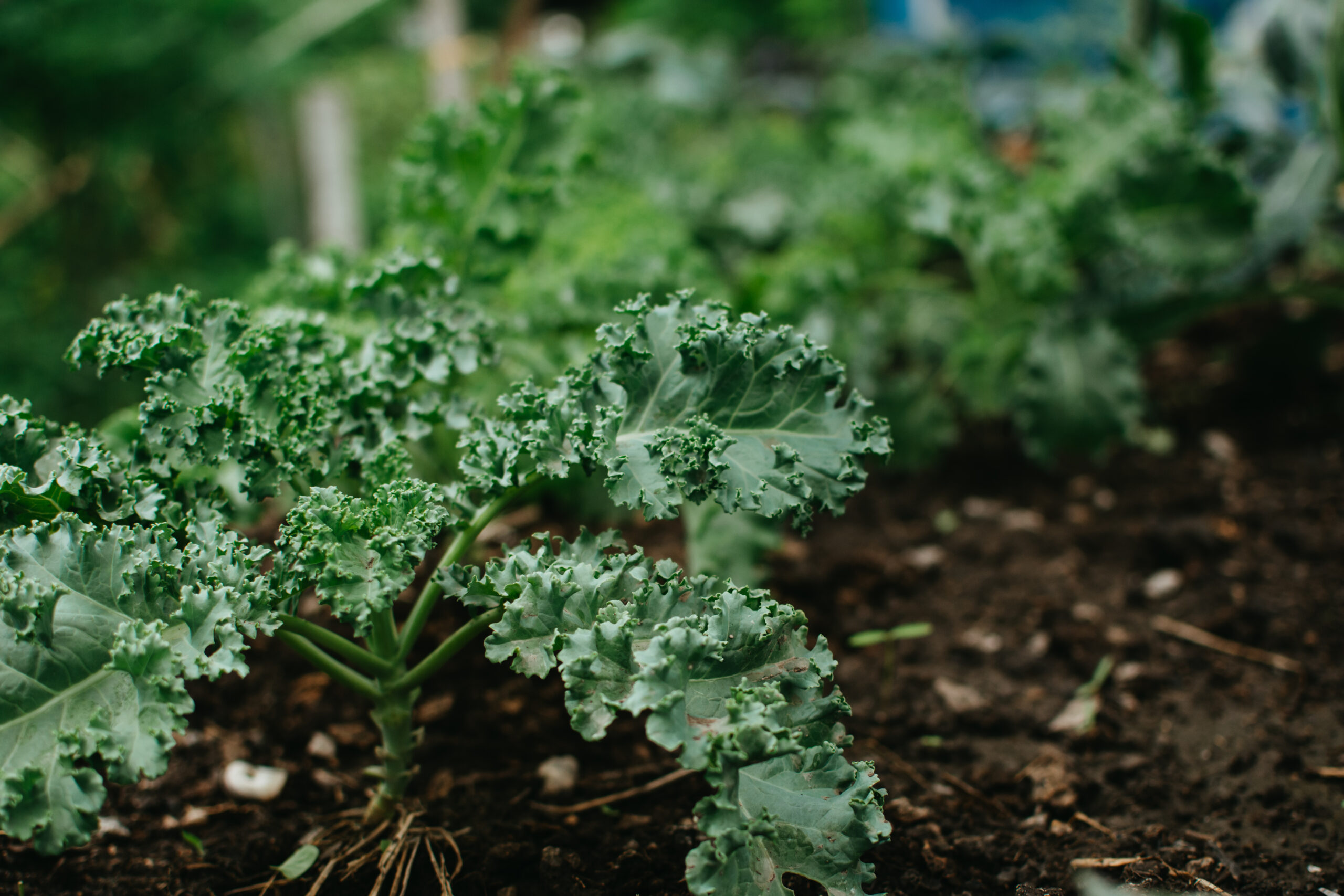
Kale is closely related to arugula, so they attract similar pests and require similar resources. Growing them side by side increases the chance of problems. Flea beetles and aphids may become harder to manage. Their overlapping needs can leave the soil depleted.
You will get better results by separating kale and arugula. They can thrive when rotated properly. Keeping them apart reduces pest pressure and keeps the soil balanced. It helps each crop reach its full potential.
Mustard Greens
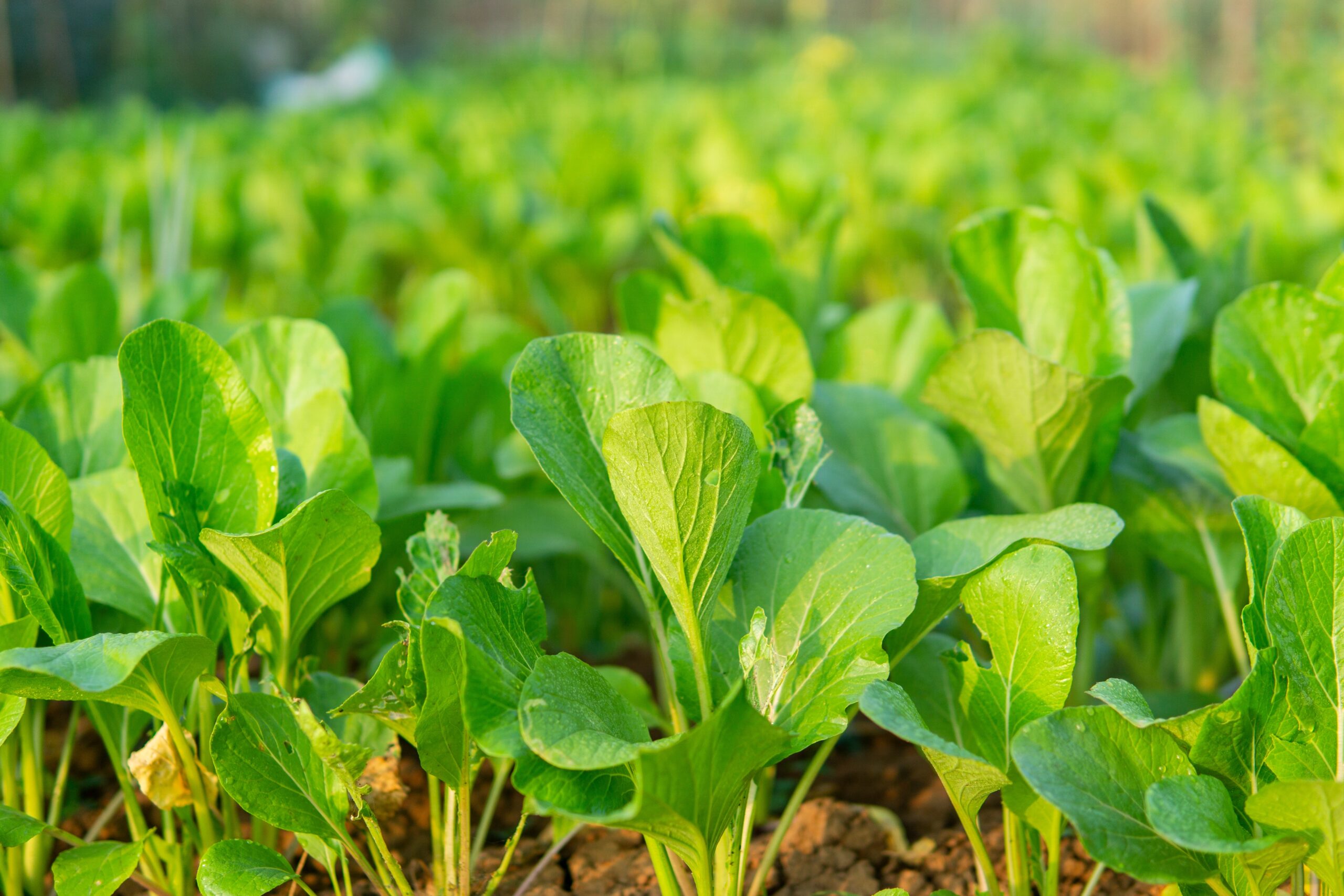
Mustard greens compete heavily with arugula for space and nutrients. Both plants grow quickly, but they can crowd each other out. Pests that feed on mustard greens also feed on arugula, so problems can spread fast. The risk of disease is higher when they grow too close.
You can still grow both, but spacing is important. Try planting them in different sections of the garden. That way, both can grow without interference. This method helps avoid stunted plants and poor harvests.
Brussels Sprouts
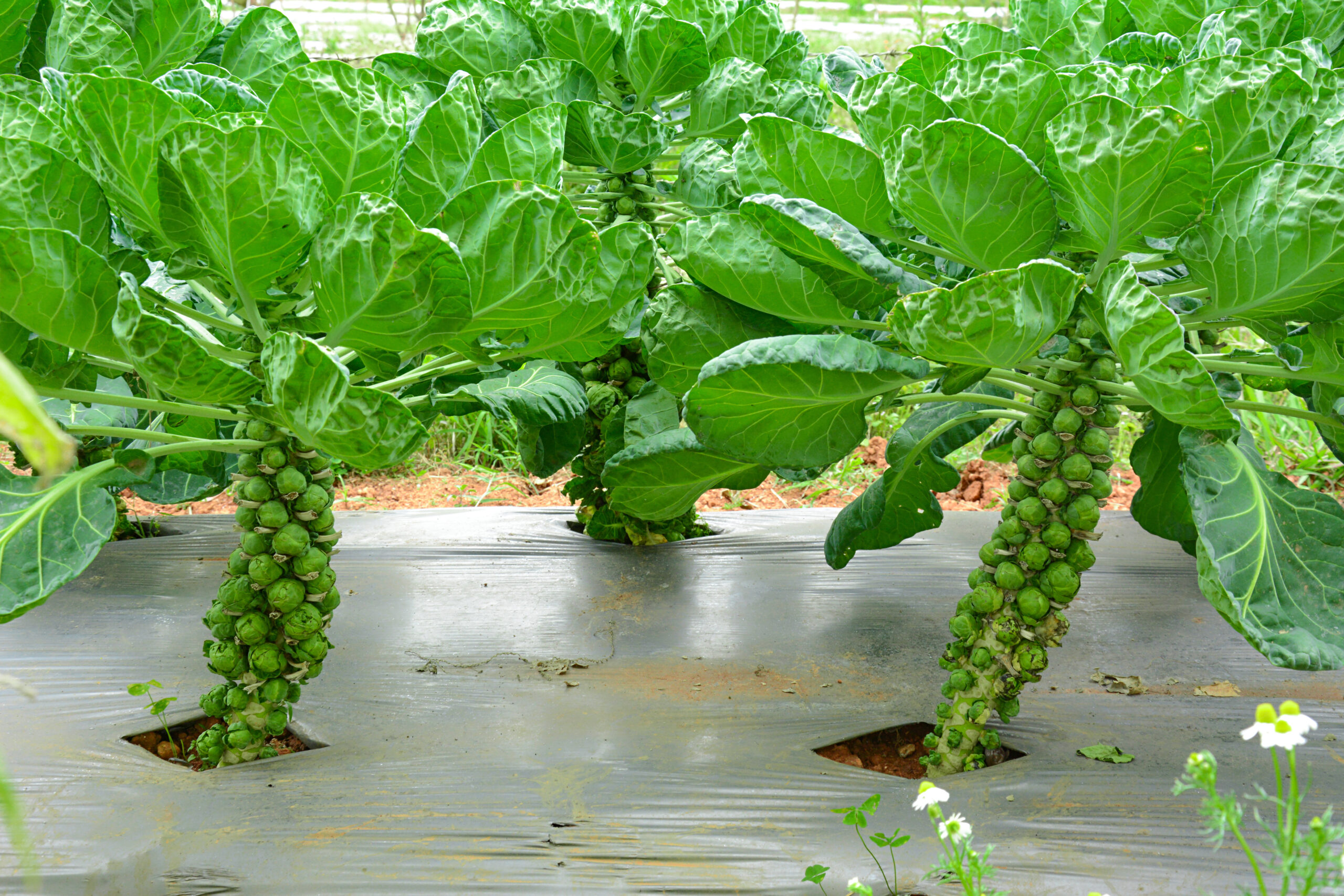
Brussels sprouts take a long time to grow and use a lot of nutrients. This creates a bad match for arugula, which grows fast and prefers less competition. They also share common pests like cabbage loopers and aphids. Placing them together can increase maintenance and reduce yields.
Brussels sprouts grow tall and can block sunlight. This may affect arugula’s ability to thrive. Keeping them separate makes your garden easier to manage. Each will benefit from having its own space and timing.
This article originally appeared on Avocadu.
